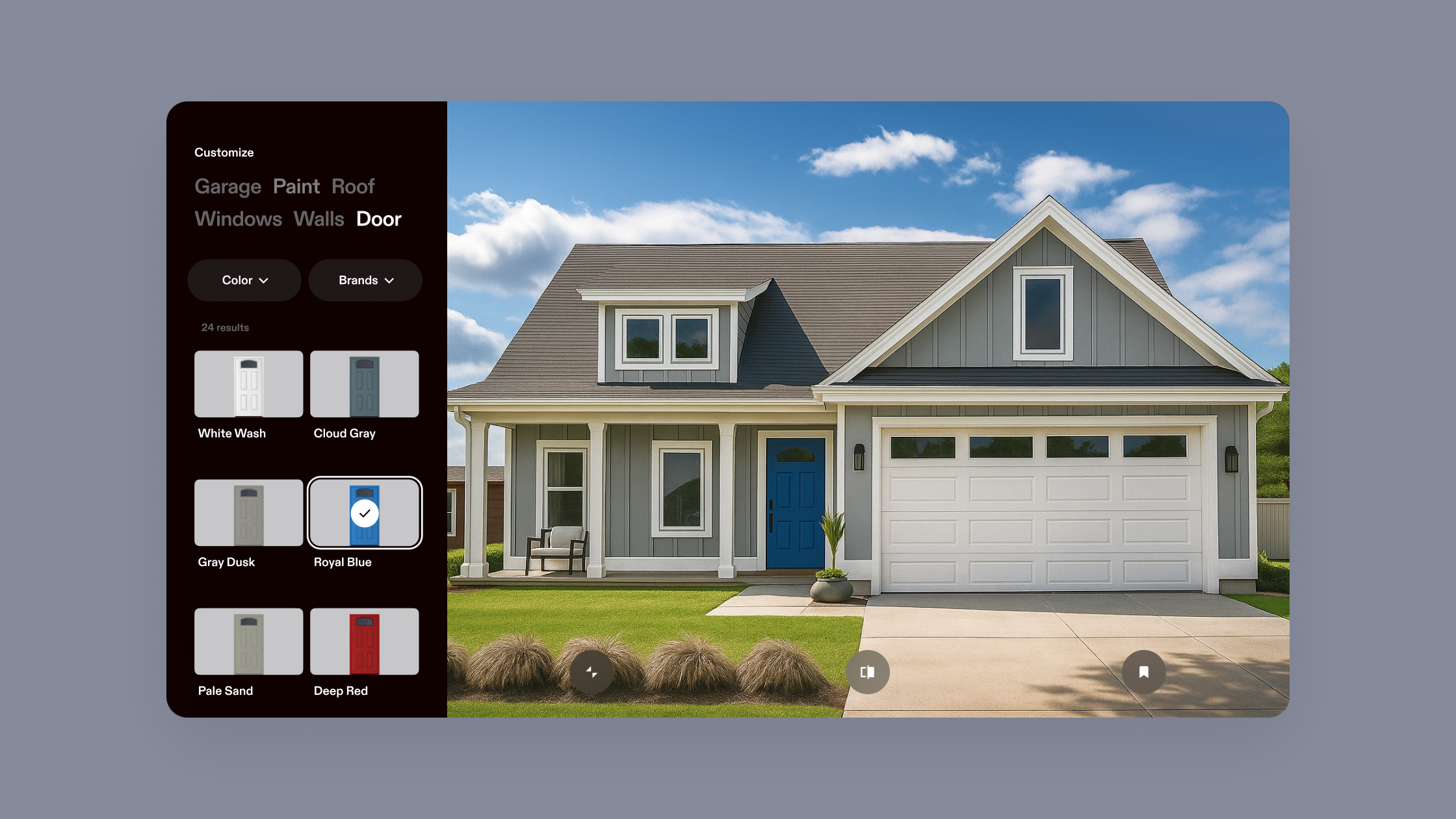Labor costs are around 20% to 40% of the construction project’s total budget. So it’s important to calculate it correctly to produce an accurate bid with fewer surprises down the road. The basic formula for calculating labor costs is:
Base Cost + Labor Burden + Inefficiencies x Number of Hours per Week x Project Length in Weeks = Labor Cost
In this article, we’ll break down each of those variables, how to calculate them, and ways to make these calculations a little easier.
Calculate the Base Rate and Hourly Wage
A base rate is the basic unit price that’s established for labor. It’s called the base rate because it’s a great place to start with your labor cost calculations as it’ll rarely change and you can easily add other costs.
You determine this figure by adding up the various rates each worker gets paid on a project. Let’s take a look at this fictional crew:
- Foreman: $30/hr
- Concrete Pourer: $28/hr
- Framer: $25/hr
So the base cost for this crew would be $30 + $28 + $25 = $83/hr. This is simply a starting point, a lot more goes into calculating labor including taxes, time off, workers' compensation, and other forms of insurance. And that’s why calculating the labor burden is important.
Determine the Labor Burden for the Job
The labor burden is the extra fees associated with a worker’s contract. They pay for things such as the Federal Insurance Contributions Act (FICA), Federal Unemployment Act (FUTA), Medicare, and Social Security at the federal level as well as the State Unemployment Tax Act (SUTA).
According to the IRS, federal employee expenses as of 2020 are 7.65% for FICA and 6% for FUTA. The percentage taken out for SUTA usually falls around 3%, but it can vary depending on where you live. For this example, we’ll use 4%.
But what does that all mean? When calculating these different fees you’ll take the percentage of the worker's hourly rate. So the 7.65% of our foreman’s $30/hr base rate is $2.295/hr. That $2.295/hr is the labor burden that needs to be factored into your labor costs so your workers are compensated fairly.
Using our fictional crew established above: Foreman ($30/hr): 7.65% FICA + 6% FUTA + 4% SUTA = $5.295/hr Concrete Pourer ($28/hr): 7.65% FICA + 6% FUTA + 4% SUTA = $4.94/hr Framer ($25/hr): 7.65% FICA + 6% FUTA + 4% SUTA = $4.4125/hr
Those sums (plus, General Liability and Worker’s Compensation at your company’s rate) give you the labor burden for each employee.
Calculate Additional Costs for the Project
The calculations for the labor burden and base rate will provide you with a decent approximation. Unfortunately, they aren’t perfect. In this article’s example, we’ve left out General Liability, Worker’s Compensation, and other benefits. But incorporating these costs on your own is easy. Simply, take the monthly cost of these variables, divide them by the number of work hours, and you’ll have their hourly cost.
The impact of worker inefficiencies is less obvious but equally as important as the cost. The construction crew isn’t working all eight hours of one work day. There are bathroom breaks, water breaks, chit-chat, lunch, and so on. All normal stuff for a job site! But in order to account for this in your labor cost, we recommend adding 70% of one hour’s wages to your worker’s daily base cost.
This means 70% of our fictional construction team’s $83/hr base rate is $58.10. That, divided by eight, for a full work day, equals $7.2625/hr.
Adding It All Together
Here’s how we’d calculate the total labor cost for our fictional construction crew laid out above (assuming it’s a six-month-long project).
$83/hr base cost + $14.65 labor burden + $7.26 inefficiencies x 40 hours per week x 26 weeks = $109,109.40 total labor cost
How To Automate Labor Cost Calculations
If all those formulas and variables make your head spin, no worries, there’s an easier way. Accounting and timekeeping software has been designed to do the math for you. They also reduce human error so you won’t even need to incorporate an inconsistencies variable into your budget.
Other benefits of calculation software are:
- Less time dealing with time/punch cards
- Ability to see where you’re losing money
- Ability to track labor costs according to your estimates to see if you’re on track
Utilize HOVER to Streamline Your Business and Improve Bidding
HOVER is the easiest way to get the most accurate estimates. Using your smartphone and our app, you can snap a few photos of the home. Then our software will render a complete 3D design from which we’ll gather accurate measurements. You can use your interactice 3D model to make your bid stand out and use the measurements to get an accurate estimate the first time.
More than just measurements and estimation software, HOVER’s app offers a whole range of features and four different plans so you can find the one that works best for your team. Learn more about our plans and pricing options here or sign up for your free trial today!



